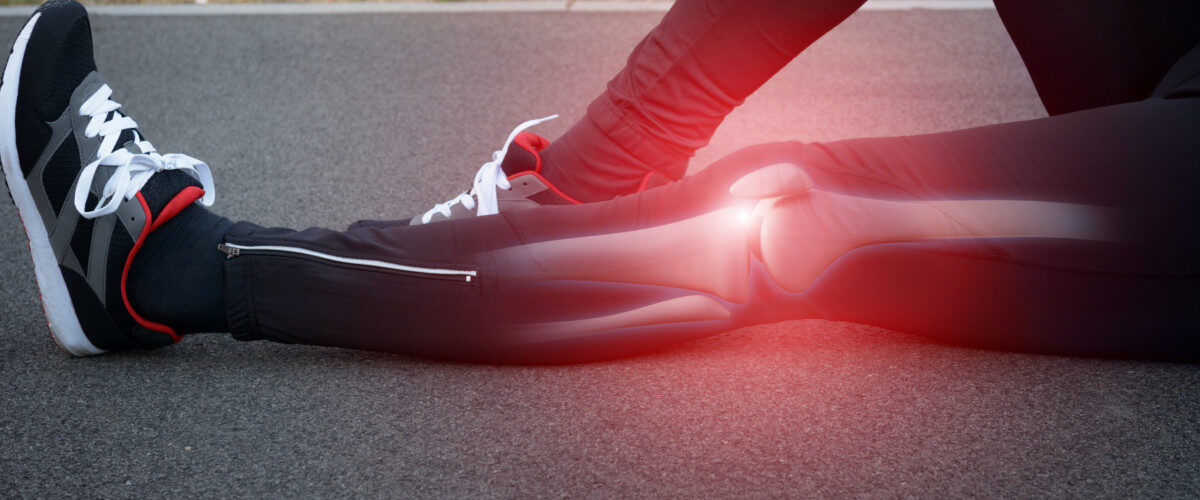It is very frequent for players to encounter injuries in sports and games. While it is possible to injure any part of the body when playing sports, the term ‘sports injuries’ is commonly used to refer to the injuries of the musculoskeletal system.
These injuries may happen to any age group people of athletic background and any sport. Whatever demographic you may belong to, it may be very frustrating to be limited in your functioning during these activities or not being able participate in the activities you enjoy. Alongwith rehabilitation, the physical therapy goals will be targeted with a return to activity in mind. A customized exercise plan especially designed by physical therapists will be given to you with the goal of increasing your functional activities. Also, the progressions would be made in your especially designed exercise plan as your mobility improves with the thought of a return to activity in mind.
WHAT ARE SOME COMMON SPORTS INJURIES?
Some common sports injuries are ankle sprain, fractures, tennis elbow, knee injury, groin pull, hamstring strain, shin splints, shoulder injury, strains, swollen muscles, tendon injuries, rotator cuff injuries, pain along the shin bone, nose bleed and more.
WHAT CAUSES SPORTS INJURIES?
They may occur due to direct impact, overtraining, lack of conditioning, improper form or technique or even using force which is unbearable for the structural part of your body. Basically there exist two types of sports injuries namely, acute and chronic. A sudden injury like an elbow or ankle sprain, that may occur due to landing in a wrong position, is called an acute injury whereas a chronic injury can be caused by overuse of joints or a group of muscles repeatedly. Also, if any part of the body is severely damaged like a broken bone.
ARE YOU SUFFERING FROM A SPORTS INJURY?
One may acknowledge that they are suffering from a sport injury by :
- sudden severe pain,
- swelling in some part of the body,
- weakness in arms or leg,
- not being able to put weight leg, knee, ankle or foot,
- an elbow, arm, wrist, hand, or finger, that is very tender,
- not being able to move some joint of body as normal,
- a joint or bone that visibly seems out of place.
READY TO GET BACK TO THE GAME YOU LOVE?
The rehabilitation of an injured sports player should be evaluated periodically, meticulously. Sports injuries are something that are inevitable, but proper strength and conditioning, healthy warm up, proper nutrition, sport specific practice, sleep and hydration all play an important role. Apart from all this, special physical therapies suggested by physical therapists also would help.
Some of them are –
Whirlpool Therapy
Whirlpool therapy, also known as hydrotherapy, is delivered with a therapeutic whirlpool and is extremely beneficial and often is included in most of the sports physical therapy rehabilitation programs because of its ability to relax stiff and painful muscles while reducing pain without adding stress on the body’s joint. It was originally used in pain management but later found use in wound management as well.
Cold Compression Therapy
When an injury or inflammation occurs, such as tendonitis or bursitis occurs, tissues are damaged. Cold numbs the affected area, which can reduce pain and tenderness. The devices used in the cold compression therapy usually combine the analgesic effects of ice along with the benefits of swelling reduction. With multiple wraps available, cold compression devices are able to treat most areas of the body.
Therapeutic Exercise
Therapeutic exercises are the systematic and planned physical therapies for body movements or exercises which aim to improve and restore physical function. From the use of underwater treadmills to functional exercise, physical exercise will work with injured athletes to return to full strength and pain free function. It involves balance training, strength training, aerobic conditioning, progressive resistive exercises and range of motion exercises.
Electrical simulation
Electrical stimulation, also known as neuromuscular electrical stimulation (NMES) is one of the physical therapies used to evoke a muscle contraction using the electrical impulses. E-stim machines can help with strengthening and re-educating injured muscles while also improving circulation and decreasing swelling in injured areas. It may also help with toning, muscle building, relaxation and recovery after a workout.
CONCLUSION
Yes, you may hurt yourself sooner or later if training seriously in any sport, but most importantly you would probably hurt yourself doing just about anything as you age. That’s just part of the tradeoff of having a body and being a human.
Bottom line here is to listen to your body. While you are indulged in any sport, it’s relevant to know your limits and not push yourself too hard to risk another potential injury. People may give you a lot of good advice, but simple common sense is your best guide.


